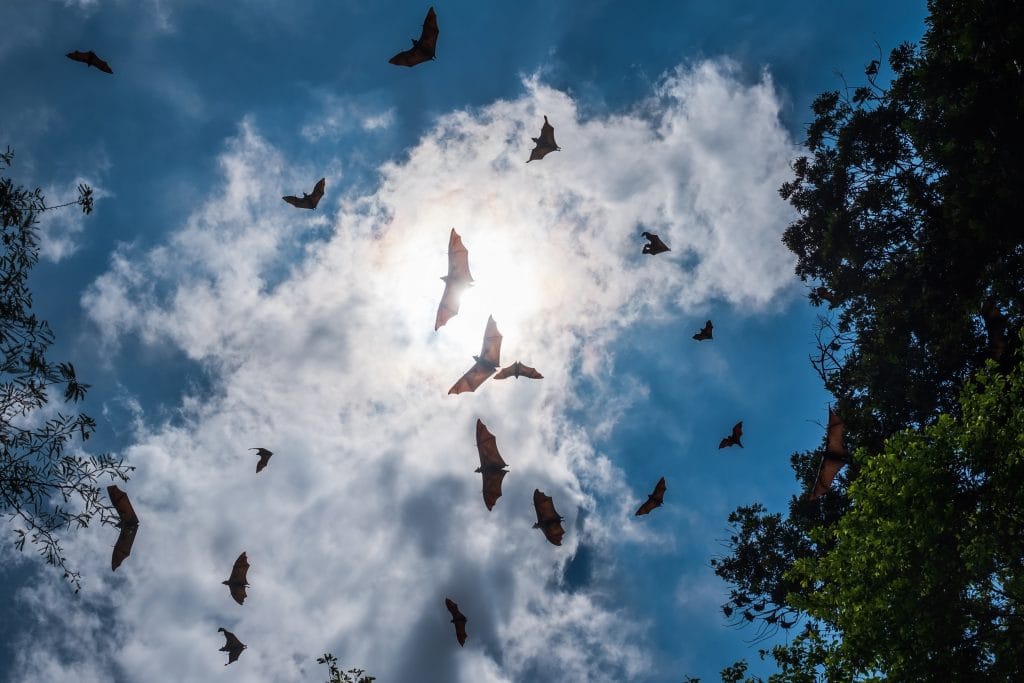The Nipah virus — though occurring sporadically and relatively rarely — remains a deadly prospect whenever there is an outbreak due to its mortality rate of seventy percent. This places the disease alongside many of the world’s most lethal infectious conditions. Consequently, any outbreak of the disease must be handled with the utmost attention and vigilance.
Such a response has been witnessed in the state of Kerala in recent weeks. An infected 23-year-old college student was isolated following diagnosis with the virus. Though no other infected individuals have been located at the time of writing, all individuals who have come across the man in the last two weeks have been called in for screening. Nine people to date suspected of infection with the virus have tested negative. The condition of the infected individual is reported to be stable, whilst 318 individuals are under observation – including 52 in the high-risk category – as of June 7th.
State-wide efforts have been put in place to ensure that an outbreak does not occur. Though the virus may only have infected a small number of people, its high mortality rate presents the possibility of it reaping a high death toll. It is encouraging, therefore, that no new cases have been reported thus far. Yet it is important to recognise information about the virus as part of containment efforts, including its prevalence and symptoms.

Prevalence of the Nipah virus
The rapid containment of the infected man in Kerala echoes the efficiency of a previous outbreak last year. This outbreak was successfully contained over the course of a month, although seventeen people lost their lives. This death toll could have been significantly higher had it not been for the efficient containment procedure.
The Nipah virus is a rarity in India. Four outbreaks have occurred that have been documented (including the two recent outbreaks in Kerala). Previous outbreaks occurred in 2001 and 2007, causing death tolls of 45 and five respectively.
It is worth noting that as the disease is passed to humans from animals — primarily fruit bats — there may be no infected humans currently under surveillance, but reservoirs of infected animals may exist. This allows for the possibility of future outbreaks, meaning India may never know if it is truly rid of the disease.
Symptoms
Human infections can remain entirely asymptomatic — a fact that makes containment far more difficult. In cases that do show symptoms they typically mimic that of the flu, with a fever, sore throat and a cough being common.
The true danger of the disease, as well as the cause of its high mortality rate is its capacity to cause encephalitis — or swelling of the brain. This may begin with headaches, drowsiness or altered states of awareness. Within a 48-hour timespan, acute encephalitis can occur, leading to a coma followed by death.
Prevention and treatment
There are currently no drugs or vaccinations specific to the Nipah virus, a fact that adds to its lethality. As such where infection does occur, treatment is limited to addressing the symptoms of the disease. Due to the potential for rapid onset encephalitis, this treatment must be immediate following the infection.
Prevention is the best option for the disease. Though no vaccines are available, awareness of transmission methods can prove vital. Bites or direct contact with infected animals are not necessarily required to pass on the infection. One of the more common means of infection is through drinking raw date palm sap. Animals that have urinated or defecated on this date palm sap can leave traces of the virus. This in turn passes the virus on to humans that consume the sap. Encouraging those at risk to avoid these factors is one way of ensuring outbreaks of the kind witnessed in Kerala can be averted, whilst a swift response to facilitate containment is of the utmost importance.

